Introduction
How Much Sleep Do Parakeets Need: Parakeets, also known as budgerigars, are charming and colorful small parrots that have become popular pets worldwide. Pet owners, it’s essential to provide them with the proper care, and one crucial aspect of their well-being is sleep. Understanding how much sleep parakeets need is essential for their health and happiness. In this fascinating world of parakeet sleep patterns, shedding light on their requirements and the factors that influence their rest. By the end, you’ll have a better understanding of how to ensure your feathered friend enjoys the quality sleep they need to thrive.
Parakeets are delightful companions known for their playful antics, cheerful chirping, and vibrant plumage. Despite their small size, these birds have intricate sleep patterns and requirements that differ from those of humans and other animals. To provide your parakeet with the best possible care, you must delve into the nuances of their sleep habits. Into the intriguing world of parakeet sleep, addressing questions such as how much sleep they need, the signs of sleep disturbances, and the significance of a suitable sleeping environment.
You’ll be equipped with the knowledge to ensure that your beloved parakeet enjoys restful nights and active, energetic days, contributing to their overall well-being and happiness. Parakeets, with their endearing personalities and lively presence, have captivated the hearts of many bird enthusiasts. To truly understand and care for these feathered friends, it’s crucial to appreciate the importance of sleep in their lives. Parakeets are diurnal creatures, which means they are most active during the day. However, like all animals, they require periods of rest to maintain their physical and mental health.
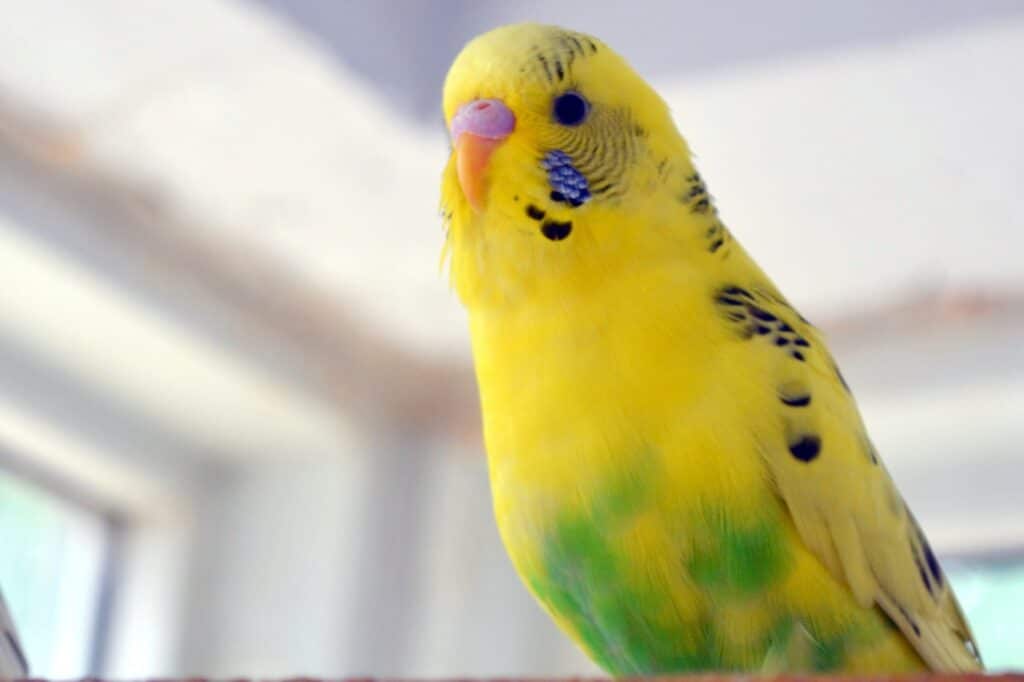
Do Parakeets need to be covered at night?
As long as a dark, quiet and somewhat secluded area is provided for a bird to sleep in, most will be fine without being covered at night. That sleep is vital to a bird’s well-being. If you are in doubt about your pet’s reaction to being uncovered, play it safe and resume covering the cage at night.
One common question among parakeet owners is whether or not these colorful birds need to be covered at night. The answer to this question depends on various factors, including your parakeet’s individual preferences and the environmental conditions in which they live.
In the wild, parakeets roost in trees and enjoy the natural light-dark cycle. However, when kept as pets in our homes, they may benefit from some form of covering or enclosure at night. Covering their cage with a breathable, lightweight cloth or a specifically designed cage cover can serve several purposes.
It provides a sense of security and privacy for your parakeet, mimicking the sheltered feeling of a nest. This can help them feel safer and more comfortable while sleeping. Secondly, it helps block out any excess light or disturbances that might occur in your home during the night, ensuring a more restful sleep.
How do I know if my parakeet is sleeping?
A healthy sleeping position for a parakeet includes their head tucked into their neck or their head resting on their back. They will be perched on one foot with the other tucked into its belly.
Stillness: When your parakeet is asleep, they will typically become very still. They may perch on a branch or a comfortable spot within their cage, tuck their head under their wing, and close their eyes.
Closed Eyes: One of the most obvious signs of a sleeping parakeet is closed eyes. Parakeets close their eyes when they rest, much like humans do.
Feather Fluffing: Parakeets may fluff up their feathers slightly when they sleep to help keep warm. This can make them appear a bit puffier than when they are awake and active.
Quietness: Parakeets are generally vocal birds, so a quiet bird can be an indication that they are sleeping. They usually stop chirping and chattering when they are resting.
Consistent Schedule: Parakeets often establish a routine when it comes to sleep. They tend to sleep at night and be more active during the day. Observing their schedule can help you identify when they are likely to be asleep.
Low Energy: When awake, parakeets are lively and engaged. When they’re asleep, their energy level drops, and they become less responsive to external stimuli.
How many hours of darkness do Parakeets need?
Most pet birds do best with between 10 and 12 hours of darkness a night. This is a generality; some species do better with a little more than 12 hours of sleep, others like less than eight, but most need somewhere around the 10 to 12 hour mark.
Parakeets, like many birds, require a period of darkness to rest and rejuvenate. While they don’t need complete darkness like some other animals, they do benefit from a regular sleep schedule that includes a substantial amount of darkness. On average, parakeets need about 10 to 12 hours of uninterrupted sleep each night to maintain their physical and mental health.
To mimic their natural circadian rhythms as closely as possible. In the wild, parakeets roost in trees and experience darkness during nighttime hours. Therefore, providing a consistent schedule of light and dark periods in captivity is crucial for their well-being.
To achieve this, you can cover your parakeet’s cage with a breathable, lightweight cloth or a specially designed cage cover during their sleep hours. This will help block out any excess light and provide them with a sense of security and privacy, promoting a more restful sleep.
What time of day are parakeets most active?
They gather in large groups, often nesting near each other. Female parakeets tend to be more aggressive than male parakeets. Common parakeets are most active at dawn and dusk, breaking during the hottest part of the day. They’ll often sing during these times and spend time flying and looking for food.
Parakeets are diurnal birds, which means they are most active during the daytime hours. In their natural habitat, parakeets are known to be particularly active during the early morning and late afternoon, corresponding to dawn and dusk. These periods are when they engage in activities like foraging for food, socializing with other parakeets, and exploring their surroundings.
In captivity, parakeets tend to follow a similar pattern, with their highest levels of activity occurring in the morning and late afternoon. This aligns with their biological clock, and it’s a good idea to plan your interactions and activities with your pet parakeet around these times.
Morning interaction with your parakeet can include providing fresh food and water, talking to them, or allowing them out of their cage for playtime. In the late afternoon or early evening, you can engage them with toys, treats, and social interaction.
Do parakeets need a flat surface?
But did you know any kind of bird can benefit from perching on a flat surface? In the wild many parrots forage for food and nesting materials on the ground! This includes many of the cockatoos, budgies and grass parakeets, conures, grays, and parrots of the Poicephalus group like senegals and red bellies.
Diverse Perches: Parakeet cages should have a variety of perches with different diameters and textures. Natural wood branches or commercially available wooden perches can provide a comfortable and stimulating environment for your parakeet’s feet.
Safety: Ensure that the perches you provide are safe and free from toxic materials. Avoid perches made of treated or painted wood, as these can be harmful if your parakeet chews on them.
Cleaning: Regularly clean perches to remove waste buildup, which can be unsanitary and uncomfortable for your bird.
Placement: Place perches at various heights within the cage to encourage your parakeet to move and exercise, promoting their physical and mental health.
Swings and Toys: Traditional perches, consider adding swings and toys that can serve as alternative surfaces for your parakeet to explore and interact with.
Do parakeets need bedding in their cage?
Parakeet enclosures do not require a thick level of bedding, but the bottom of their enclosures should always have a liner that can be easily removed for easy daily cleaning. Typical inexpensive and safe liner choices include, Newspaper.
Hygiene: Bedding material can quickly become soiled with droppings and food, making it difficult to maintain a clean and sanitary living environment for your parakeet.
Digestive Issues: Parakeets are known to nibble on items in their cages, and ingesting bedding material can lead to digestive problems and potential blockages.
Toxicity: Some bedding materials may contain chemicals or toxins harmful to parakeets if ingested.
Instead of bedding, it’s best to provide a clean, solid cage bottom that is easy to clean and disinfect. You can use paper liners or cage trays that can be replaced and cleaned regularly. Offer your parakeet a variety of perches, toys, and natural wood branches to encourage physical and mental stimulation, as this is more in line with their natural habitat and needs. Keeping their cage clean and clutter-free will contribute to a healthy and happy parakeet.
Should I rearrange my parakeets cage?
Birds are explorers. They love discovering new habitats for themselves. Therefore, you need to rearrange their cages to keep them entertained. You can rearrange their cage in different ways, you can get a new cage all together, rearrange it, or you can add a few interesting elements to their cage.
Enrichment: Parakeets are intelligent and curious birds. Changing the layout of their cage provides mental stimulation and novelty. It can prevent boredom, which is essential for their mental health.
Exercise: Rearranging perches, toys, and other cage elements can encourage your parakeet to explore and move around more. This helps promote physical activity and exercise, which is crucial for their health.
Preventing Territory Issues: If you have multiple parakeets in the same cage, rearranging can help prevent territorial disputes. A new layout disrupts established territories and encourages birds to explore and adapt to the changes.
Preventing Boredom: Parakeets may become bored with a stagnant environment. Rearranging the cage provides a change of scenery and keeps them engaged with their surroundings.
Do parakeets like to be covered at night?
As long as a dark, quiet and somewhat secluded area is provided for a bird to sleep in, most will be fine without being covered at night. Remember, however, that sleep is vital to a bird’s well-being. If you are in doubt about your pet’s reaction to being uncovered, play it safe and resume covering the cage at night.
Privacy and Security: Many parakeets appreciate the sense of security and privacy that a cover provides, mimicking the feeling of being in a nest in the wild.
Reduced Light and Noise: Covering the cage can help block out excess light and noise, creating a quieter and darker environment conducive to restful sleep.
Temperature Regulation: A cover can help maintain a stable temperature within the cage, especially if the room tends to get chilly at night.
Some parakeets may not like being covered. They may feel confined or stressed by the darkness. If your parakeet appears distressed or restless when covered, it’s essential to respect their preference and leave the cage uncovered.
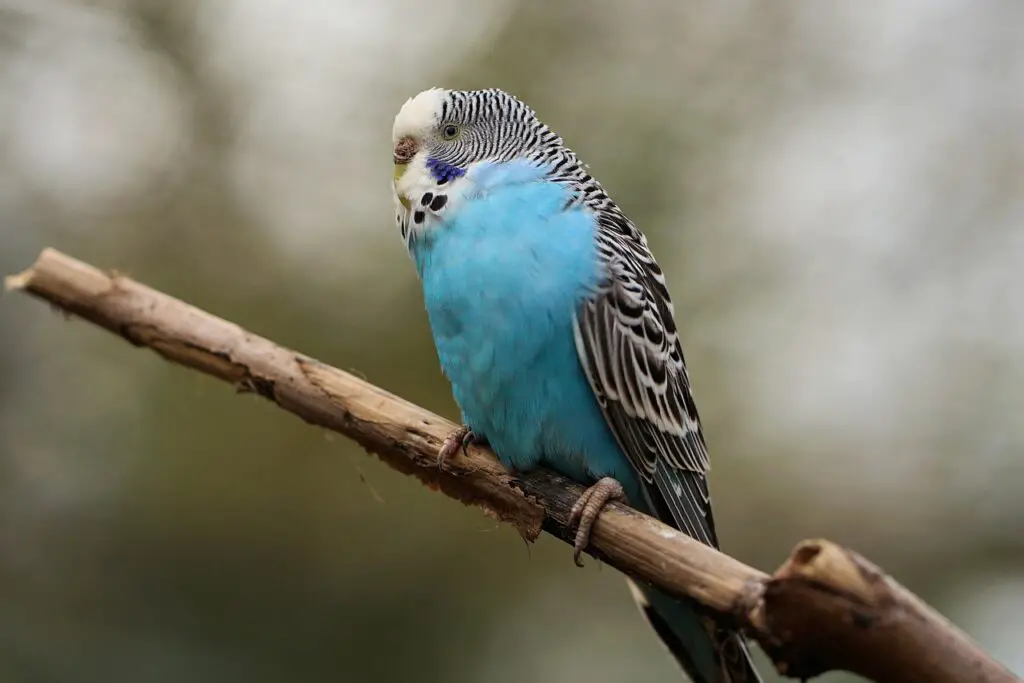
Conclusion
Understanding the sleep needs of parakeets is a crucial aspect of responsible parakeet ownership. These charming and colorful birds may have different sleep patterns and requirements compared to humans and other pets, but they are no less essential. By providing them with the right amount of sleep and a suitable sleeping environment, you can ensure that your parakeet remains healthy, happy, and active. Parakeets generally need around 10 to 12 hours of sleep per night to rest, recharge, and maintain their physical and mental well-being.
That individual parakeets may have their preferences and variations in sleep patterns. Observing your bird’s behavior and adjusting their sleeping conditions accordingly is essential to cater to their unique needs. Creating a quiet and dark sleeping environment, maintaining a consistent daily routine, and offering your parakeet mental and physical stimulation during their waking hours are all essential factors in promoting quality sleep. With proper care, your parakeet will thrive, showcasing their vibrant personalities and bringing joy to your life.
So, be attentive to their sleep needs, and you’ll enjoy a happy and healthy parakeet companion for years to come. The practical aspects of ensuring your parakeet gets the right amount of sleep, it’s worth noting that adequate rest is vital for their overall well-being. Just like humans, parakeets require sleep to maintain good health, cognitive function, and emotional balance. Insufficient sleep can lead to various health issues in parakeets, including a weakened immune system, increased stress levels, and behavioral problems.

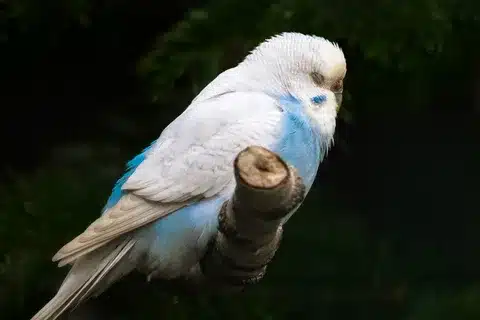
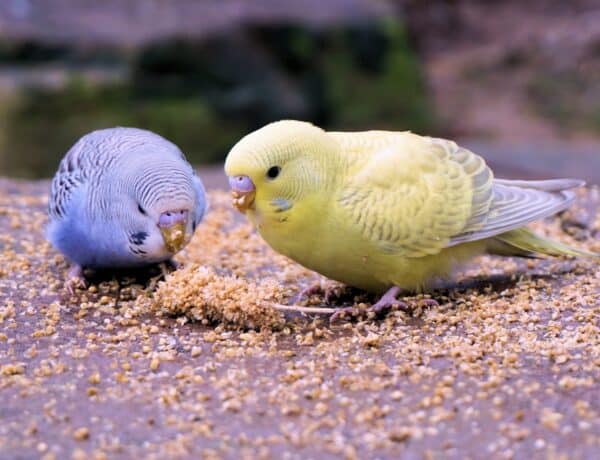
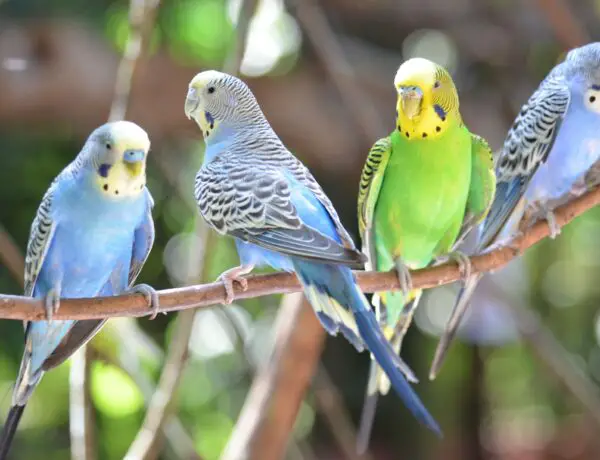
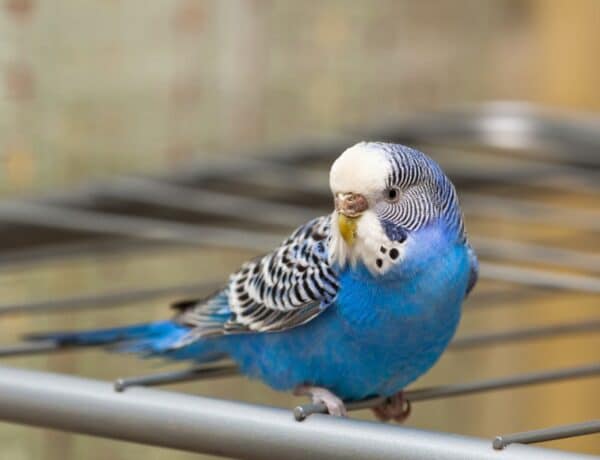
No Comments